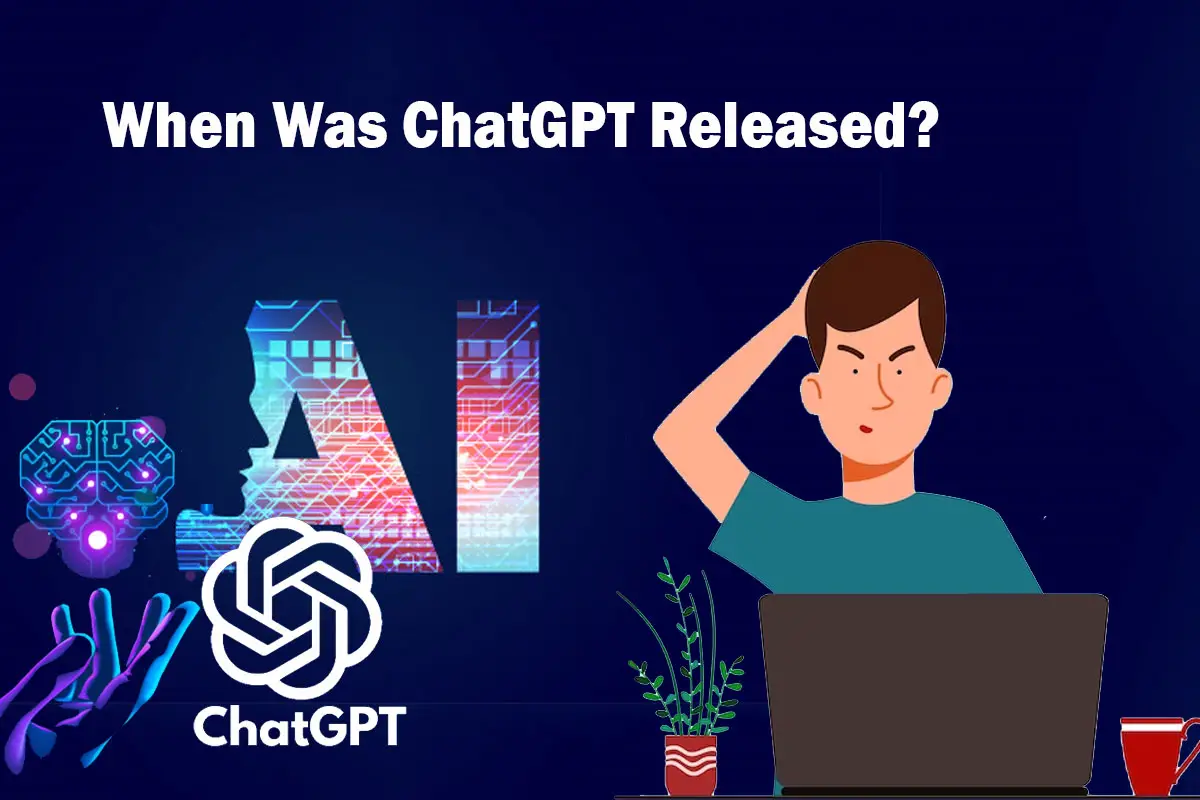In the world of artificial intelligence, language models have revolutionized the way we interact with technology. One such groundbreaking model is ChatGPT. In this article, we will explore the release date of ChatGPT, its journey towards development, and its impact on various industries. Join us on this exciting exploration of the release of ChatGPT!
When Was ChatGPT Released?
ChatGPT was released on October 5, 2020. Developed by OpenAI, it marked a significant milestone in the field of natural language processing and artificial intelligence. With its release, ChatGPT quickly gained attention and recognition for its impressive language generation capabilities.
The Journey of ChatGPT
The Genesis of ChatGPT
The journey of ChatGPT began with its predecessor, GPT-3, which was released earlier. GPT-3 showcased the immense potential of large-scale language models. Building upon the success of GPT-3, OpenAI set out to create a more interactive and conversational version, thus giving birth to ChatGPT.
Development and Iterations
The development of ChatGPT involved extensive research, fine-tuning, and iterative improvements. OpenAI used Reinforcement Learning from Human Feedback (RLHF) to train and refine the model. By engaging human AI trainers to provide conversations and feedback, ChatGPT was honed to improve its performance and ensure safer and more useful outputs.
Public Beta and API Access
Following its initial release, ChatGPT entered a public beta phase on November 30, 2020. This allowed users to experience and provide feedback on the model’s capabilities. OpenAI also introduced the ChatGPT API, enabling developers and businesses to integrate ChatGPT into their applications and services.
The Impact of ChatGPT
ChatGPT’s release had a profound impact on various industries and sectors. Let’s explore some of the notable domains where ChatGPT has made a difference.
1. Customer Support and Service
ChatGPT’s natural language understanding and generation capabilities have transformed the customer support landscape. Companies now employ ChatGPT to provide instant, personalized, and efficient assistance to their customers. With its ability to comprehend complex queries and generate human-like responses, ChatGPT has enhanced customer satisfaction and streamlined support operations.
2. Content Creation and Writing
Writers, bloggers, and content creators have leveraged ChatGPT to enhance their productivity and creativity. By using ChatGPT as a writing assistant, they can generate ideas, overcome writer’s block, and receive suggestions for improving their content. ChatGPT’s ability to emulate different writing styles and tones has proven invaluable in various writing-related endeavors.
3. Education and E-Learning
In the education sector, ChatGPT has opened up new avenues for interactive and personalized learning experiences. Students can engage with ChatGPT to receive explanations, guidance, and support in their studies. Educational platforms have integrated ChatGPT to provide instant tutoring, answer queries, and facilitate virtual classrooms.
4. Virtual Assistants and Chatbots
Virtual assistants and chatbots have become increasingly sophisticated with the integration of ChatGPT. ChatGPT’s advanced conversational abilities enable these virtual entities to provide more natural and context-aware interactions. From voice-activated assistants to chat-based bots, ChatGPT has elevated the user experience and improved the efficiency of these AI-powered helpers.
FAQs about ChatGPT
1. What sets ChatGPT apart from other language models?
ChatGPT stands out due to its conversational abilities and its capacity to generate coherent and contextually relevant responses. Its fine-tuning through human feedback has contributed to its enhanced safety measures and improved understanding of user intent.
2. Can ChatGPT understand and respond in multiple languages?
Yes, ChatGPT has the capability to comprehend and generate text in multiple languages. Although it may have varying levels of proficiency depending on the language, ChatGPT’s versatility makes it a valuable tool for multilingual applications.
3. Is ChatGPT available for commercial use?
Yes, OpenAI offers the ChatGPT API, allowing businesses and developers to integrate ChatGPT into their own applications and services. This opens up opportunities for commercial use and customization according to specific requirements.
4. How does OpenAI ensure the safety and responsible use of ChatGPT?
OpenAI is committed to the responsible development and deployment of AI technologies. They employ safety mitigations and reinforcement learning from human feedback to minimize harmful and untruthful outputs. OpenAI actively encourages user feedback to improve the model and address any concerns related to its usage.
5. What are some potential future applications of ChatGPT?
ChatGPT’s future applications are vast and diverse. It has the potential to revolutionize fields such as healthcare, legal services, creative writing, and more. As the model continues to evolve and improve, we can expect to witness its integration in even more domains and industries.
6. Can ChatGPT replace human interaction entirely?
While ChatGPT is a powerful tool, it is not intended to replace human interaction completely. Instead, it serves as an augmentation to human capabilities, providing assistance and support in various tasks. Human judgment and expertise remain essential in many contexts, and ChatGPT should be used as a valuable complement to human interaction.
Conclusion
The release of ChatGPT on October 5, 2020, marked a significant milestone in the development of AI language models. Its conversational capabilities and versatile applications have transformed numerous industries, ranging from customer support to content creation. As ChatGPT continues to evolve and improve, we can expect to witness its integration in even more domains, further enhancing human-machine interactions.

